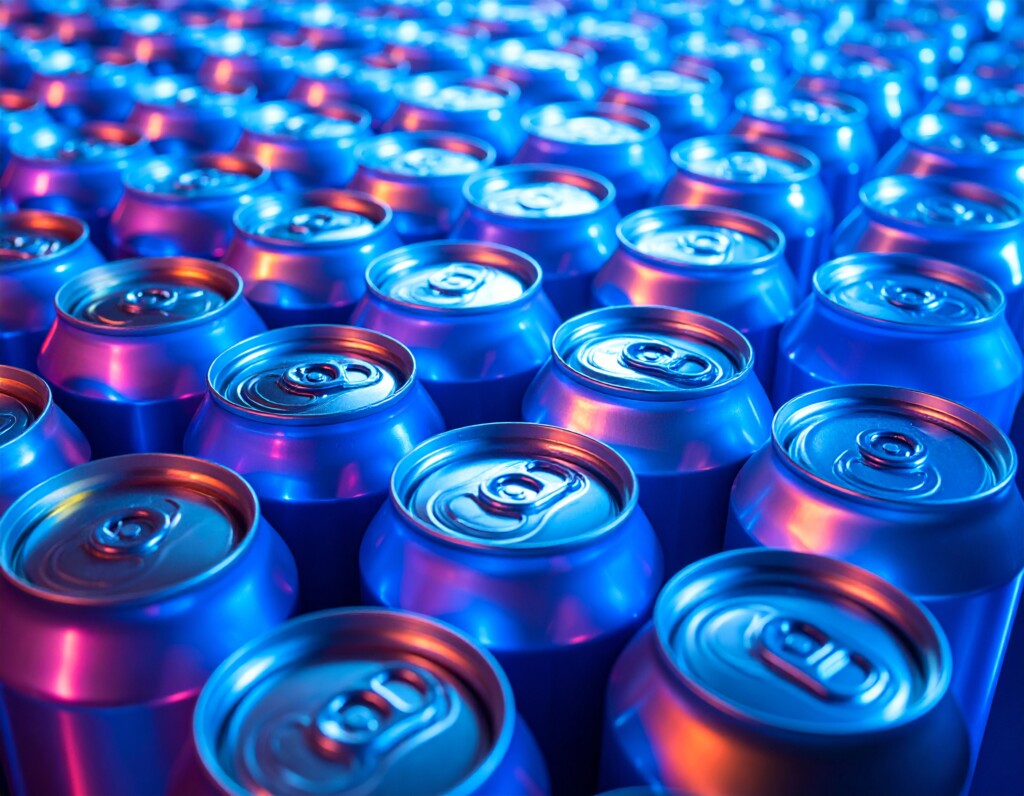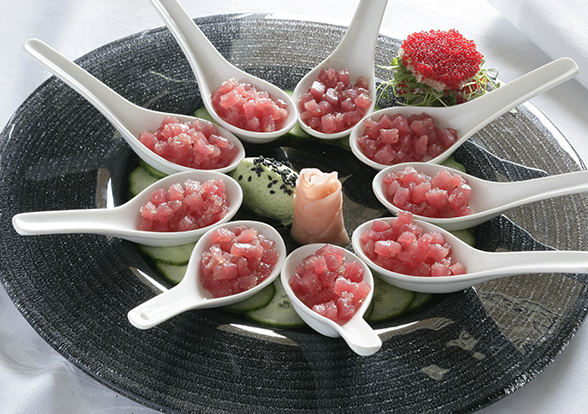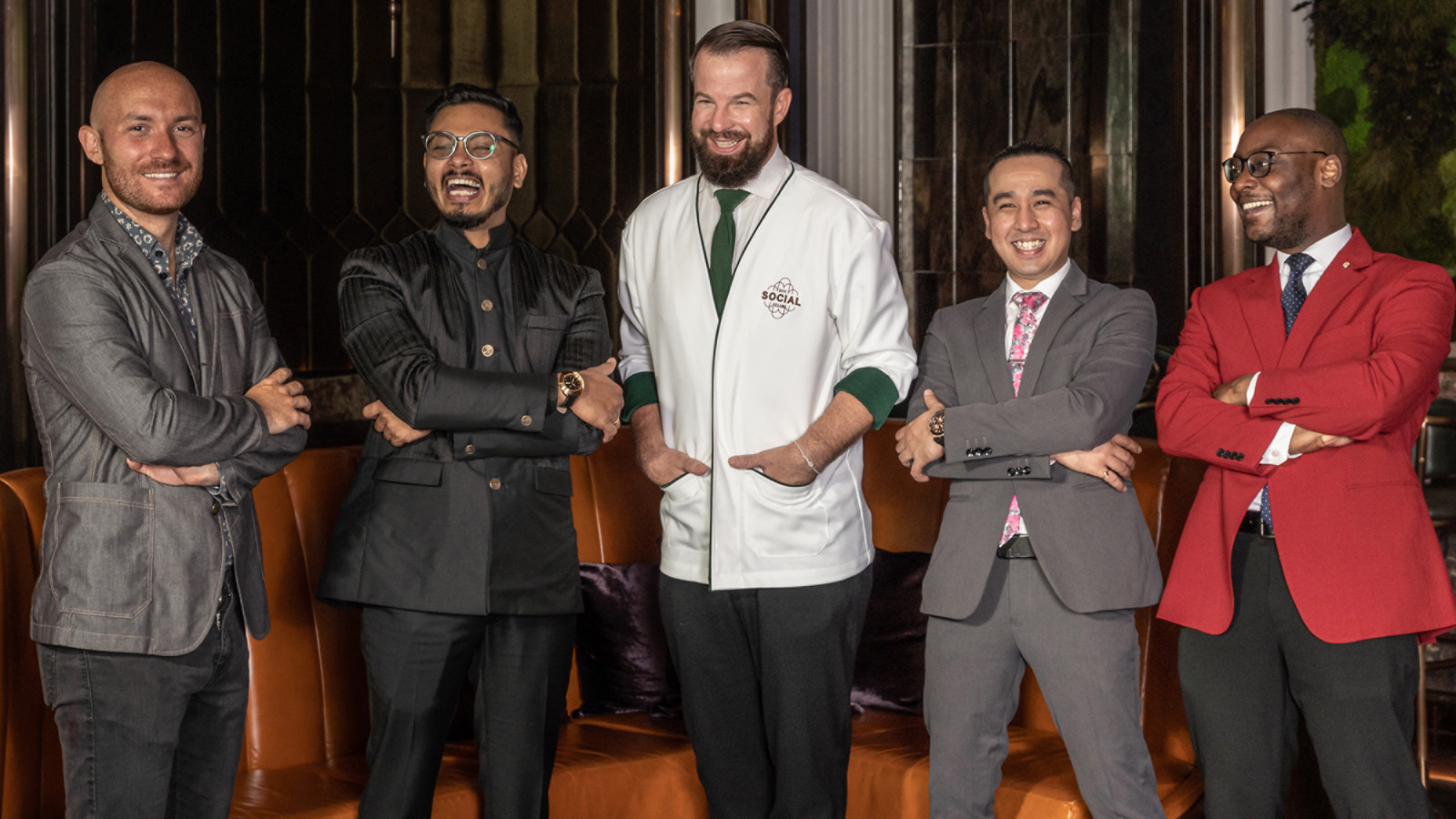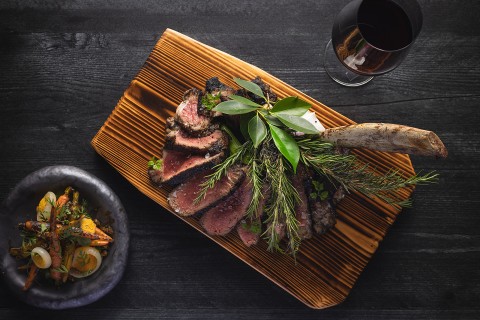How innovation, generational preferences, and retailer strategies are redrawing the beverage landscape in 2025
The non-alcoholic beverage market is showing mixed signals in 2025. Total unit sales are down -1.7% year-to-date, but several categories continue to outperform. Among them, energy drinks remain a key growth driver, with dollar sales up 5.4% and unit sales rising 2.7% versus last year. Still, the pace of growth is beginning to soften, and broader shifts in consumer preferences and retailer strategies are reshaping the landscape.
Much of the growth across beverages is being driven by innovation—particularly in flavor, function, and format. According to Rippl by Bridg, Millennials are playing a larger role in energy drinks than ever before. Their contribution to category spend increased from 24% to 27% year-over-year, signaling a meaningful generational shift. This growth could reflect the appeal of more flavorful and functional formulations—a trend mirrored in categories like sparkling water, sports drinks, and alcohol alternatives. Millennials, who often seek benefit-forward beverages with a twist, may be driving innovation beyond the traditional “energy boost” and toward formats that offer taste, mood enhancement, and wellness cues.
That aligns with broader trends across the beverage space. Flavor innovation continues to drive growth in soft drinks. While cola once defined the segment, today cola-flavored soft drinks make up just 40% of category sales—a notable shift from previous decades. In energy drinks, the move toward flavor variety is even more apparent: so-called “unflavored” SKUs have declined from 54% to 51% of total sales, suggesting that consumers are gravitating toward more bold, fruit-forward, or functional flavor profiles. This ongoing flavor experimentation is not just a fad—it’s increasingly the engine of growth across both legacy and emerging beverage brands.
The hydration category tells a story of contrast. Sports drinks are down -2.4% in dollar sales and -5.8% in units, but the decline is not across the board. Sub-segments focused on enhanced hydration—like those with added electrolytes or functional benefits—are seeing double-digit gains, while legacy formulations have lost momentum. Meanwhile, sparkling water, coconut water, and seltzer water are all posting strong double-digit growth. Coconut water in particular still has headroom: it’s only sold in about half of stores that carry beverages, suggesting untapped opportunity in both distribution and innovation. Across the board, consumers appear to be choosing beverages with perceived benefits—hydration, energy, or wellness—over traditional formats.
Interestingly, the growth in categories like energy drinks and sparkling water appears to be coming at the expense of other segments. Both soft drinks and sports drinks are losing SKUs per store, while energy and sparkling beverages are gaining. This suggests that retailers are reallocating shelf space to categories with stronger performance—not just in volume but in velocity.
Within independent retailers, beverages remain a key driver of store performance. In locations that sell beverages, 1 in 5 baskets includes a drink, and 6 cents of every dollar spent goes to the beverage category. While this is slightly down from last year, it still highlights the essential role drinks play in driving trips and building basket size.
Not all segments are seeing the same momentum. RTD coffee, once a rising star, is down 8.2% in unit sales versus last year. Coconut water, despite its growing popularity in wellness circles and social media, is still only selling in about half of stores that carry beverages—indicating that consumer adoption hasn’t yet caught up with its hype.
These dynamics paint a picture of a beverage market in motion. Energy drinks remain one of the few categories consistently pulling double-duty—delivering on both growth and innovation. But more broadly, flavor-forward, functional beverages are driving evolution across the entire non-alcoholic set. As consumers evolve and retailers adapt, the challenge for brands is clear: stay relevant, stay differentiated, and stay ready to claim your space on the shelf.
Brands looking to grow in independent retail should take note: flavor-forward relevance and retail-ready execution are now the price of entry.
Brandon Thurber is VP of Data Sales & Client Success at NRS, working with scan data across 30,000+ independent retailers.








